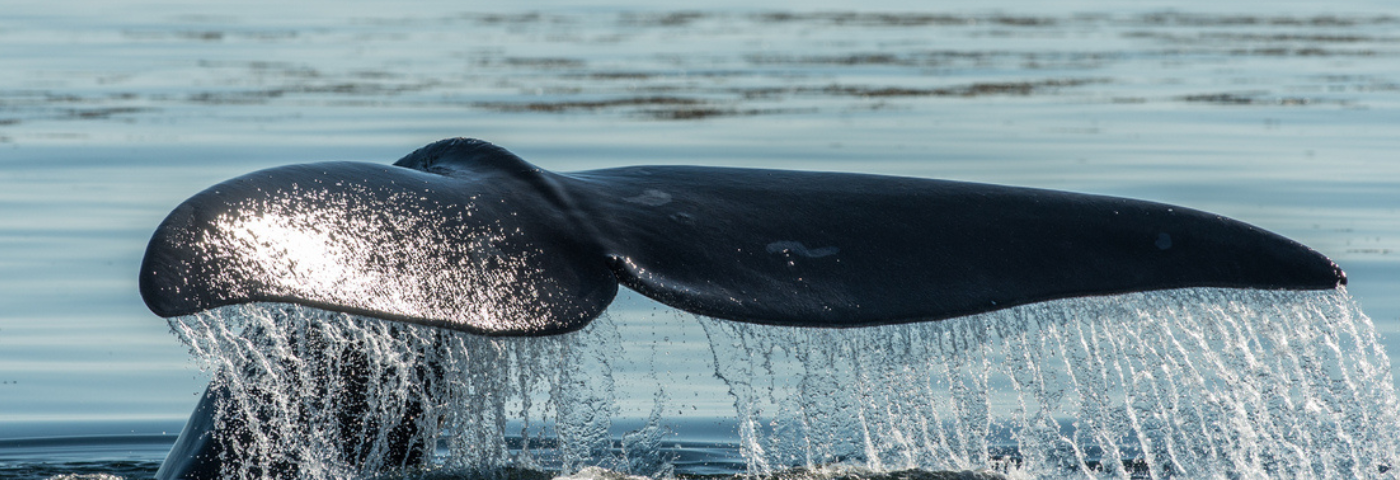Paul King leads the engineering team for SMRU Consulting, a global leader in marine mammal consulting and passive acoustic monitoring. Read on to discover more about their fascinating work from Paul King himself…
Real-time passive acoustic monitoring (PAM) is a tool that is being required by US regulators to help protect North Atlantic Right Whales (NARW) during the construction phase of offshore wind turbines.
PAM is a 24/7 monitoring tool that can listen for and detect calling whales throughout the day and night and in poor weather, unlike human observers using traditional visual methods which are largely limited to monitoring during daylight hours and subject to fatigue.
Traditionally, hydrophones are deployed as single units, and the detection of a whale call lets us know when a whale is somewhere in the vicinity. However, that could potentially be an area of over 100 square kilometers of ocean.
SMRU Consulting is one of the world’s leading marine mammal consultancies and is wholly owned by the University of St. Andrews in Scotland. We have been building and deploying real-time PAM buoys for more than a decade, utilizing the global standard in marine mammal detection software, PAMGuard
In contrast to typical single-hydrophone PAM systems, our CAB “Guardian” was designed with three hydrophones, allowing for not just the real time detection of a NARW call, but also enabling us to determine a bearing to where the whale is calling from (and to track that over time as the animal moves). It does this by measuring the tiny differences in the time that an individual whale call arrives on each hydrophone – which tells us which direction the signal is coming from.

However, for mitigation monitoring to determine whether or not a whale is within an exclusion zone, we ideally need to know the location of the whale, not just the direction in which it is relative to our sensors.
With multiple CAB Guardians, we can calculate the location of a calling animal in real time (by seeing where the bearings from individual CAB Guardians intersect), and therefore, whether the whale is inside any pre-defined exclusion zone. Whales determined to be inside an exclusion zone typically result in the noisy activity (like piling) being shut down until the animal has moved out of the exclusion zone. Whales determined to be clearly outside of the exclusion zone would not trigger a halt in construction activity. By placing a ring of CAB Guardian systems around piling activity, we can reduce false positive alerts and consequent work shutdowns to around 15% of single hydrophone PAM systems and so help reduce costs and meet construction deadlines while still mitigating the impact of that construction on North Atlantic Right Whales.
Written by; Paul J. King MSc. MBCS CITP, Director of Engineering, SMRU Consulting
Get your ticket for Oi Americas
If you want to find out more about the fantastic work of SMRU Consulting. Visit us at Oceanology International Americas in San Diego from 14–16 February 2023. Paul King will be sharing his expertise, knowledge and insights at our Offshore Wind: monitoring and protecting marine mammals and fisheries session on Wednesday 15th of February.


